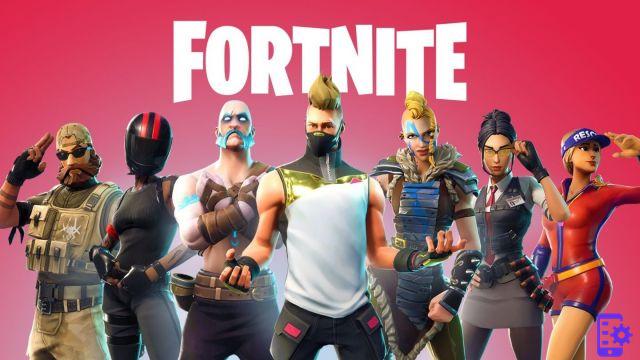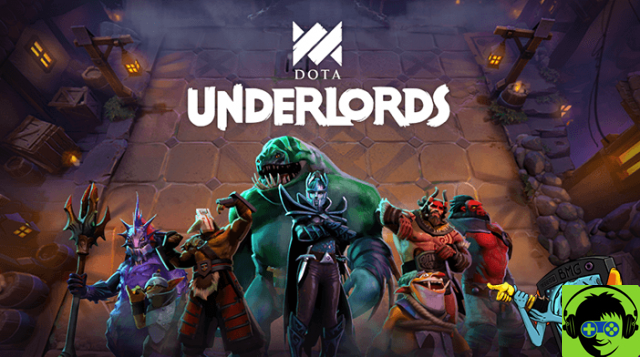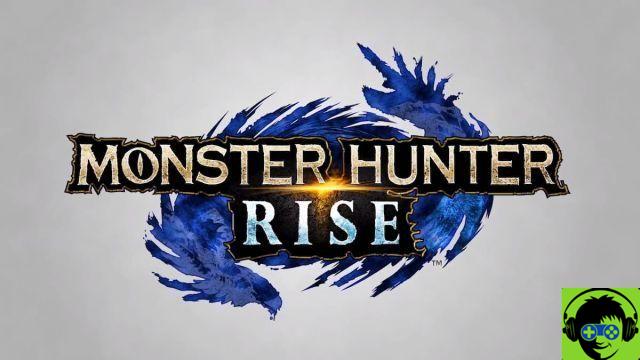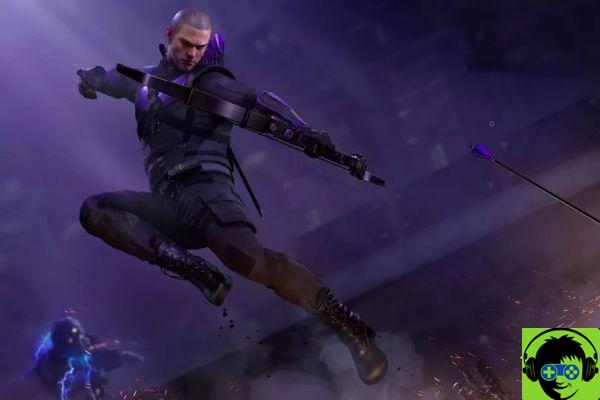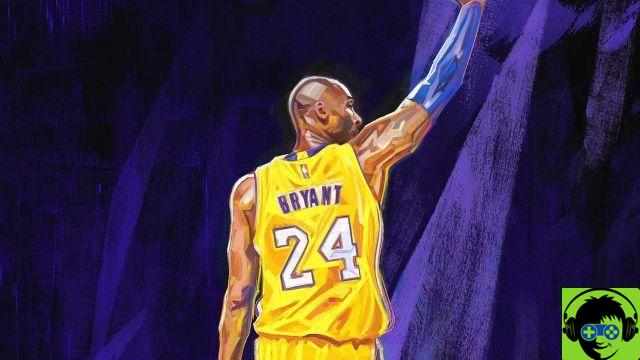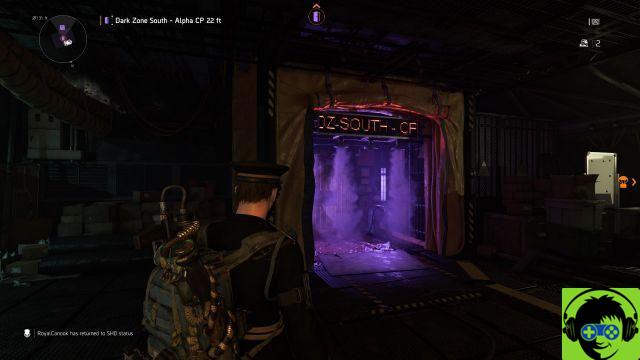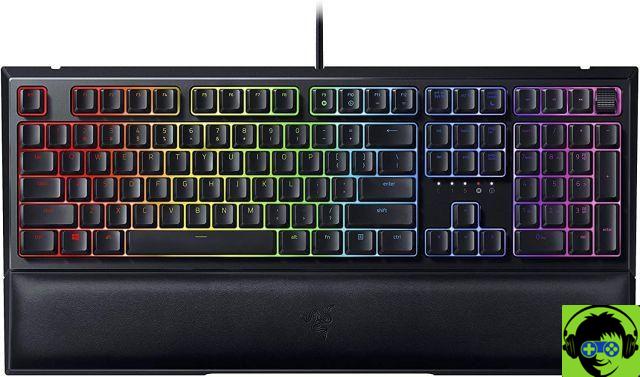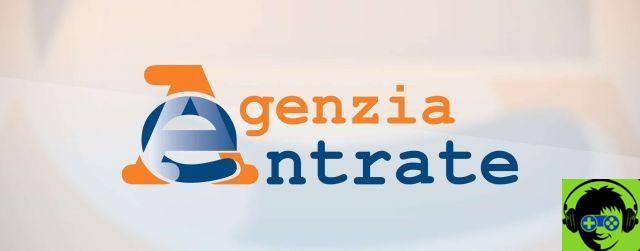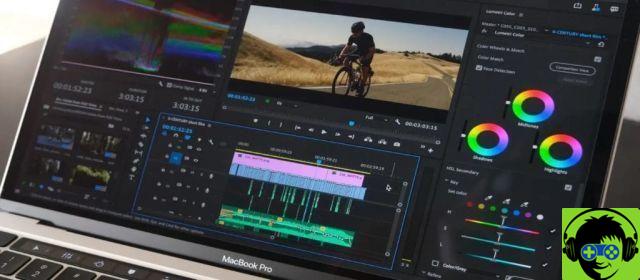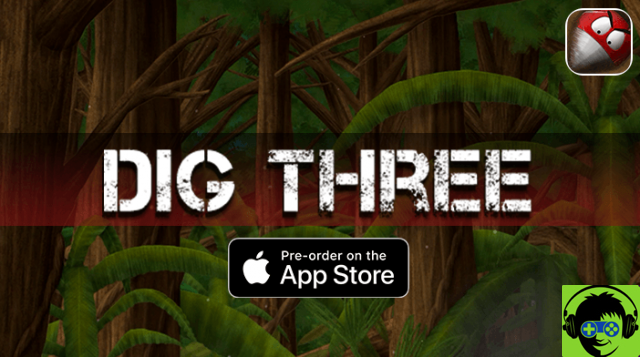For all the pain and trauma that the Covid 19 pandemic has caused us, it must also be recognized that it has had a transformative component and a trend accelerator in society that has catapulted concepts and products that we previously saw as optional to the forefront.
We are not just talking about teleworking in companies, we can talk about YouTube for the parishes that have broadcast their jobs on the internet (with greater or lesser means), obviously the masks, which we previously saw as a peculiarity of the Orientals and which - - now every Once someone catches a cold they will have no problem putting it on, or - of course, using the QR code.
Every bar or restaurant in any country has installed a QR code on their tables so that each user can consult their offer directly on their mobile phone without contact.
What is a QR code
According to Wikipedia, a QR code (acronym for Quick Response, "quick response") is the evolution of the barcode. It is a module for storing information in a dot matrix or a two-dimensional barcode.
It was created in 1994 by the Japanese company Denso Wave, a subsidiary of Toyota. It has three squares in the corners that allow the reader to detect the position of the code.
The barcode patent (not exactly QR code, but similar scanning technology) was originally registered in 1952 by Joseph Woodland in the form of a shooting target, and later perfected by George Laurer in a rectangular shape over the years. 70 at the request of supermarket chains, and it was from the eighties when it had an important commercial success.
The QR code is open and its patent rights (owned by Denso Wave) are not being exercised.
Is a QR code the same as a BIDI code?
We have already seen what a QR code is, but BiDI codes, which have been heard a lot for a while, are not quite the same, although in popular, or non-professional language, they are applied interchangeably.
The big difference is that BIDI codes are a type of closed algorithm two-dimensional barcode that requires a license to be created.
The official name of this type of code is EZcode. An EZcode is a type of two-dimensional barcode designed to be used by mobile phones with a camera, which is characterized by its simplicity compared to other 2D codes, since EZcodes do not store the entire information, but only a reference index which is sent to the Scanbuy database (patent holder), whose servers then return the requested data to the phone.
The term BIDi was a term created by the Telefónica operator in Spain, which was later also used by other operators such as Orange or Vodafone.
What we can use a QR code for

The dynamic QR code can be used in countless situations, both to offer static information and to offer dynamic content.
In addition to the content mentioned at the beginning of the article, to direct users to the menu of bars and restaurants, it can also be used to send to a web page or content page.
Furthermore, it is increasingly common to insert a QR code on business cards, so that with a simple scan with the mobile phone camera all company data is automatically filled in, without the need for tedious dictations of phones, e-mail addresses, etc. ., so prone to errors, making the creation of contacts much more agile and complete.
They can also be used in advertising campaigns and promotions, since by driving traffic to a web page it is possible to measure how many times the code has been scanned.
Another potential use is to measure presence, as scanning the code can reveal a room, an access code, or even the Wi-Fi password.
Conclusion
As you can see, the use of the QR barcode can have many applications in modern marketing techniques and the pandemic has made the act of scanning a code to access information an everyday thing that no longer generates any rejection.
However, you need to know that what we scan comes from a reputable company, as it can also be the gateway to inadvertently download malware or spyware onto our mobile device.
However, the familiarity we now have with those curious dotted squares and the ease with which we can access their contents, allow us to predict that the QR code is already a reality that will not disappear from our lives, even if we hope the pandemic does. . it as soon as possible.




